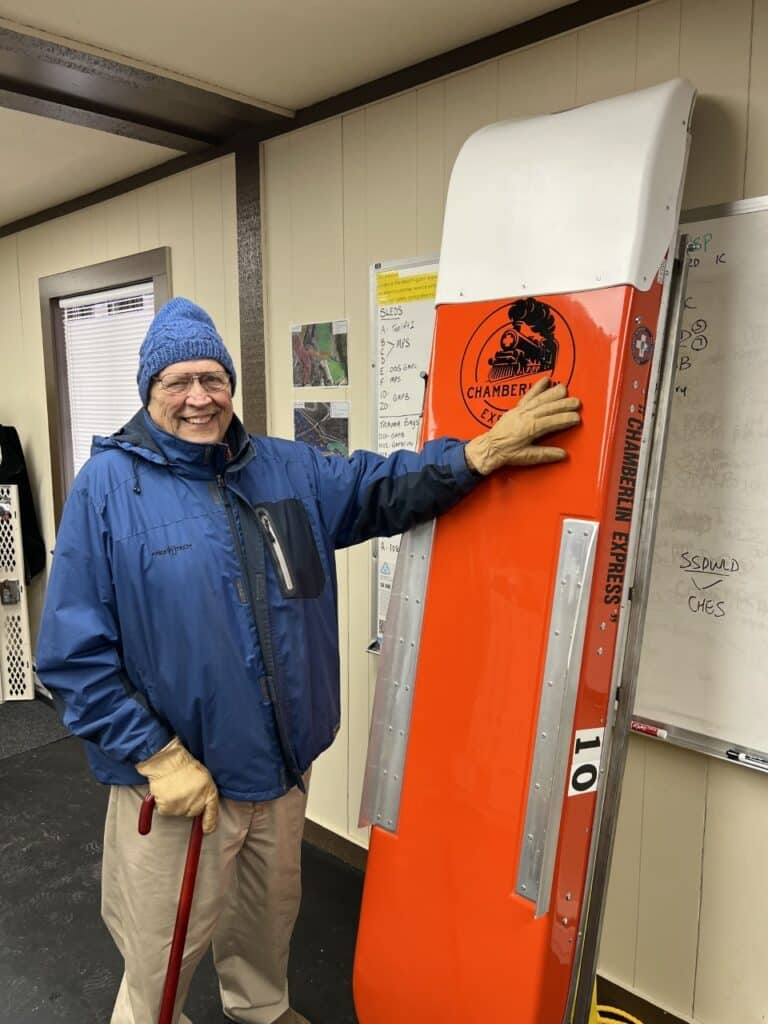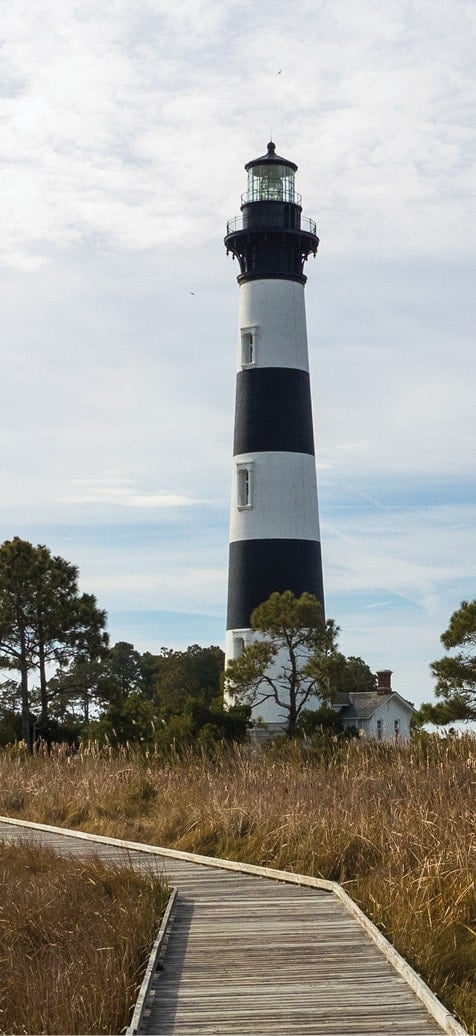Photo by Jess Daddio
This weekend will see one of the biggest rain events in recorded history for the western part of the Carolinas. The heart of such whitewater classics as the Green Narrows, Linville Gorge and Raven Fork, Western North Carolina is already soaked from last weekend’s rain and has been hit with over an inch and a half in the last 24 hours from a strong low-pressure system. As Hurricane Joaquin makes its way northeastward to join the storm, National Weather Service meteorologists predict another seven to 10 inches for the region over the next two days, issuing a flash flood warning for area rivers until 8 a.m. Monday.
“It’s going to be in the top 10 or top 5 events since 1884 when the climate observation record started,” Scott Krentz, meteorologist with the NWS Greenville-Spartanburg office, said. The ground being saturated will make it easier for runoff to make it to streams, causing them to jump instead of climb. Trees are at a higher risk of falling into the streams as well, according to Krentz, because their root systems are less able to hold onto all of the saturated soil. Landslides are also a threat to the area this weekend.
“In situations like this, emergency services and the rescue squad are all hands on deck,” Major Frank Stout, public information officer with the Henderson County Sheriff’s Office, said. The County Rescue Squad has 19 available members on call and duty throughout the weekend, and local fire departments are on standby to help should the need arise. Stout concluded, “Our first and foremost job is to do everything we can for citizens to keep them safe as the storm rolls in.”
While red warnings flash across TV screens and news updates on websites urge citizens to prepare for “life-threatening flooding,” a whole other slew of alerts have been blowing up the social message feeds asking, where should we go paddling?
“It’s easy to be enticed by rising gauges, especially because of the drought,” Shane Benedict, co-founder and managing partner of Liquidlogic Kayaks, said. Since Wednesday, photos and gauge levels have kept paddlers informed and alert to which runs to hit and when, everyone thirsting for rivers and creeks that have run dry throughout the spring and summer.
One of the major locations that has kept the attention of both paddlers and the Henderson County Rescue Squad all week is Bat Cave, North Carolina, home to the Upper and Lower Rocky Broad. Tucked at the near bottom of steep mountain sides, Bat Cave has been pounded with downpours on and off since late last week, and, with expected rainfall this weekend, the Rocky Broad is primed for flooding akin to 2004’s levels, washing out the town.
“We’re planning to have a unit there should swift water rescue become necessary,” Stout said. A 4-man swift water rescue team and a 2-man advanced life-saving team will be sent out to Bat Cave Saturday morning. According to Stout, the rescue team’s major worry will be people leaving or trying to leave their homes at the last minute and becoming stranded in dangerous situations.
Stout said he recognizes paddlers will likely be out on the water this weekend and just asks for those who do to recognize the reality of the situation for both themselves and the rescue teams.
“Our focus is on residents that may be stranded or in harm’s way that do not have the skills and abilities to navigate or negotiate high water, not those who are using the high water for recreation and could potentially get in trouble,” Stout said, “that just spreads our resources very thinly.”
Benedict recognized the point, saying, “I don’t envy that; it’s a tough job to take care of those people who have gotten into situations they can’t handle.”
In his 35 years paddling in the Southeast, Benedict said he’s experienced high water events, especially in 2013 when most of the rivers anyone could run were really high. Fortunately, the river community knew when to get on and when to stay off that season.
“The majority of kayakers who are going to go out on a day like today or the next couple of days know what they’re getting into. They are going to sections of river that are appropriate for the amount of rain that they’re seeing.”
All week, posts on one Facebook page have been updated almost nonstop of the Rocky Broad, not only of the latest river reading but also with questions and answers regarding what level is safe, too high, or too low to run, if any new wood has collected and who can meet up and what time.
And while some rivers like the French Broad and Saluda Rivers have flood warnings until Monday and several others are at risk, these aren’t the rivers most paddlers are targeting. Some micro-creeks, dry beds, isolated gorges and other spots need near record-setting rains just to get them to a level that can be paddled at all.
“Sometimes, we’ll wait a year or two years for a specific section to run. We’re keeping it on our radars for when that rain is falling in that watershed for that river,” Benedict added. He concluded, “These are all calculated decisions we’ve made.









